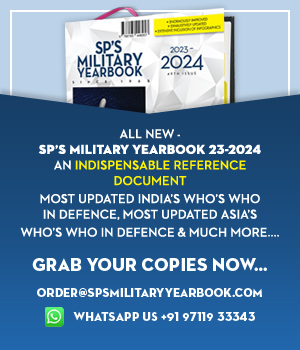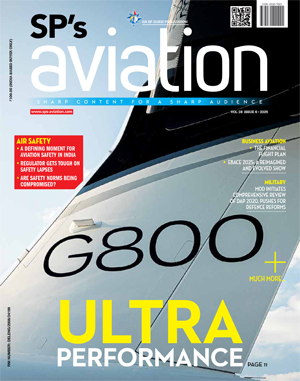INDIAN ARMED FORCES CHIEFS ON OUR RELENTLESS AND FOCUSED PUBLISHING EFFORTS
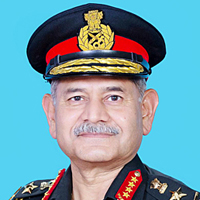
The insightful articles, inspiring narrations and analytical perspectives presented by the Editorial Team, establish an alluring connect with the reader. My compliments and best wishes to SP Guide Publications.
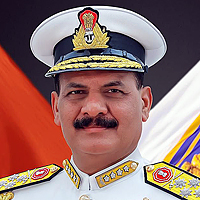
"Over the past 60 years, the growth of SP Guide Publications has mirrored the rising stature of Indian Navy. Its well-researched and informative magazines on Defence and Aerospace sector have served to shape an educated opinion of our military personnel, policy makers and the public alike. I wish SP's Publication team continued success, fair winds and following seas in all future endeavour!"

Since, its inception in 1964, SP Guide Publications has consistently demonstrated commitment to high-quality journalism in the aerospace and defence sectors, earning a well-deserved reputation as Asia's largest media house in this domain. I wish SP Guide Publications continued success in its pursuit of excellence.
- The layered Air Defence systems that worked superbly, the key element of Operation Sindoor
- Operation Sindoor | Day 2 DGMOs Briefing
- Operation Sindoor: Resolute yet Restrained
- India's Operation Sindoor Sends a Clear Message to Terror and the World – ‘ZERO TOLERANCE’
- Japan and India set forth a defence cooperation consultancy framework, talks on tank and jet engines
... a good landing is neither, but one that’s correct
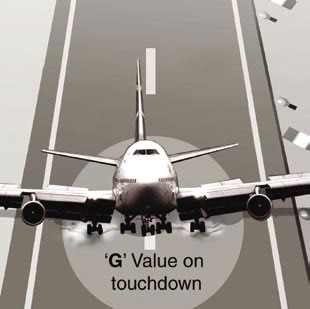
It appears that the horrendous implications of the practice of enforcing unrealistic limits to landing ‘g’ values below those prescribed by the OEM, have finally been understood by the regulators
The impact force experienced by an aircraft when it makes the first contact with the runway surface in the process of landing is measured and expressed in terms of ‘g’ value. For every aircraft type, there is an upper limit for impact force on touchdown at the maximum landing weight defined by the original equipment manufacturer (OEM). In case this limit is exceeded while landing, the aircraft would have to be taken off the line and would have to be subjected to detailed and thorough airframe inspection and repair of any damage that might have been sustained. Withdrawal of the aircraft from service and the added expeditiure on out of phase inspection would obviously lead to loss of revenue for the airline.
surface with the main wheels just four to five feet above the ground and while maintaining the landing attitude, allow the aircraft to sink under control to make firm contact with the ground on the main wheels. In the process, the aircraft will float over the runway surface for some distance, but in all probability, will land in the touchdown zone. However, if the pilot is unduly focussed on making a ‘soft landing’ as against a firm contact with the runway surface, he would attempt to minimise the sink rate after flare out and in the process unnecessarily extend the float thereby delaying touchdown. In an effort to execute a ‘soft landing’ under pressure of the airline management or the regulatory authorities, even after a normal stabilised approach, a pilot could end up using up more runway length than required for touchdown thus compromising on the stopping distance available with possible disastrous consequences.
Depending on the type of aircraft on its inventory, the airline lays down impact force or ‘g’ limits for normal operations as also the checks to be carried out on the aircraft and requirements of documentation if the laid down limits are exceeded. The ‘g’ limits beyond which pilots are to be counselled or subjected to corrective training are also specified. The ‘g’ value defining the dividing line between a ‘soft landing’ and a ‘hard landing’ is also specified and pilots are constantly under pressure by the airline management to achieve a ‘soft landing’.
The landing ‘g’ limits are defined by the Original Equipment Manufacturer (OEM) with the long term objective of limiting cumulative stress. However, from the point of view of enhanceed passenger comfort, the DGCA had issued a circular in the recent past directing the airlines to report all cases of landing where the ‘g’ value recorded was greater than 1.8g. It is understood that some airlines have lowered the maximum impact force limit even further aggravating psychological pressure on the pilots in command. It is rumoured that Captain Glusica, the Commander of the ill-fated Air India flight IX 812, had been hauled up by the airline in the recent past for having made a hard landing and hence would have been under pressure to achieve a soft landing despite the speed on approach being higher than normal.




